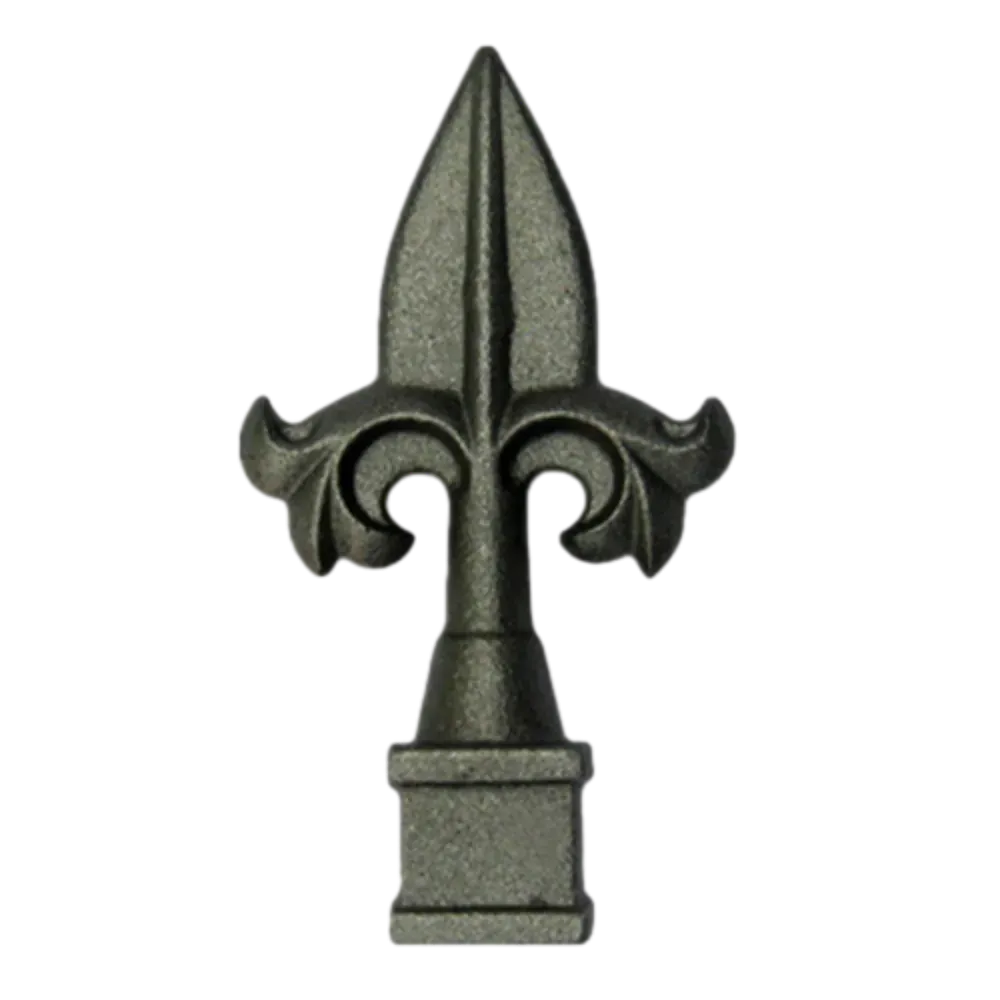iron casting
Iron Casting An Enduring Legacy in Metalworking
Iron casting has been a cornerstone of metalworking for centuries, contributing significantly to various industries and shaping modern civilization. From intricate sculptures to heavy machinery, the versatility of iron casting is evident in countless applications. This article explores the history, process, advantages, and future of iron casting.
A Historical Perspective
The art of iron casting dates back to ancient times, with some of the earliest known cast iron artifacts originating from China during the 5th century BC. The technique gradually spread to Europe and the Middle East, evolving alongside advancements in technology and metallurgy. By the Middle Ages, cast iron was being used in constructing weapons, cookware, and even architectural elements like bridges and cast-iron columns. The Industrial Revolution marked a significant turning point, as innovations in casting techniques and the rise of factories increased production capacities, allowing for mass manufacturing of iron products.
The Casting Process
Iron casting involves several key steps melting, pouring, and solidifying iron into desired shapes. The process begins with melting scrap iron or pig iron in a furnace, where temperatures can reach over 1,500 degrees Celsius. Once molten, the iron is poured into molds made of sand, metal, or ceramic. The choice of mold material depends on the complexity of the desired final product. After pouring, the molten iron is allowed to cool and solidify. Once cooled, the mold is removed to reveal the cast iron object, which may require additional finishing processes such as machining, sanding, or polishing.
iron casting

Advantages of Iron Casting
One of the primary advantages of iron casting is its ability to produce complex shapes with high precision. Unlike other metalworking methods, casting allows for the creation of intricate designs that would be difficult or impossible to achieve through forging or machining. Additionally, cast iron is known for its exceptional durability and wear resistance, making it an ideal material for heavy-duty applications like engine blocks, pipelines, and cookware.
Another significant benefit of iron casting is its cost-effectiveness, especially in large-scale production. The ability to reuse molds for multiple castings reduces manufacturing expenses, while the low cost of raw materials makes iron casting accessible to various industries. Moreover, the recyclability of cast iron contributes to its sustainability, further enhancing its appeal in today’s environmentally conscious market.
The Future of Iron Casting
As technology continues to evolve, so does the field of iron casting. Innovations such as 3D printing and computer-aided design (CAD) are revolutionizing the way cast components are designed and produced. These advancements allow for greater customization and efficiency, reducing lead times and material waste. Additionally, the growing emphasis on sustainability is pushing manufacturers to explore greener practices, such as using electric furnaces and recycling foundry sand.
In conclusion, iron casting remains a vital part of the industrial landscape, demonstrating resilience and adaptability through changing times. Its rich history, combined with modern technological advancements, ensures that iron casting will continue to play an essential role in metalworking and manufacturing for years to come. Whether through traditional methods or cutting-edge techniques, the legacy of iron casting is bound to endure, empowering future generations of artisans and engineers.
-
Wrought Iron Components: Timeless Elegance and Structural StrengthNewsJul.28,2025
-
Window Hardware Essentials: Rollers, Handles, and Locking SolutionsNewsJul.28,2025
-
Small Agricultural Processing Machines: Corn Threshers, Cassava Chippers, Grain Peelers & Chaff CuttersNewsJul.28,2025
-
Sliding Rollers: Smooth, Silent, and Built to LastNewsJul.28,2025
-
Cast Iron Stoves: Timeless Heating with Modern EfficiencyNewsJul.28,2025
-
Cast Iron Pipe and Fitting: Durable, Fire-Resistant Solutions for Plumbing and DrainageNewsJul.28,2025
-
 Wrought Iron Components: Timeless Elegance and Structural StrengthJul-28-2025Wrought Iron Components: Timeless Elegance and Structural Strength
Wrought Iron Components: Timeless Elegance and Structural StrengthJul-28-2025Wrought Iron Components: Timeless Elegance and Structural Strength -
 Window Hardware Essentials: Rollers, Handles, and Locking SolutionsJul-28-2025Window Hardware Essentials: Rollers, Handles, and Locking Solutions
Window Hardware Essentials: Rollers, Handles, and Locking SolutionsJul-28-2025Window Hardware Essentials: Rollers, Handles, and Locking Solutions -
 Small Agricultural Processing Machines: Corn Threshers, Cassava Chippers, Grain Peelers & Chaff CuttersJul-28-2025Small Agricultural Processing Machines: Corn Threshers, Cassava Chippers, Grain Peelers & Chaff Cutters
Small Agricultural Processing Machines: Corn Threshers, Cassava Chippers, Grain Peelers & Chaff CuttersJul-28-2025Small Agricultural Processing Machines: Corn Threshers, Cassava Chippers, Grain Peelers & Chaff Cutters












